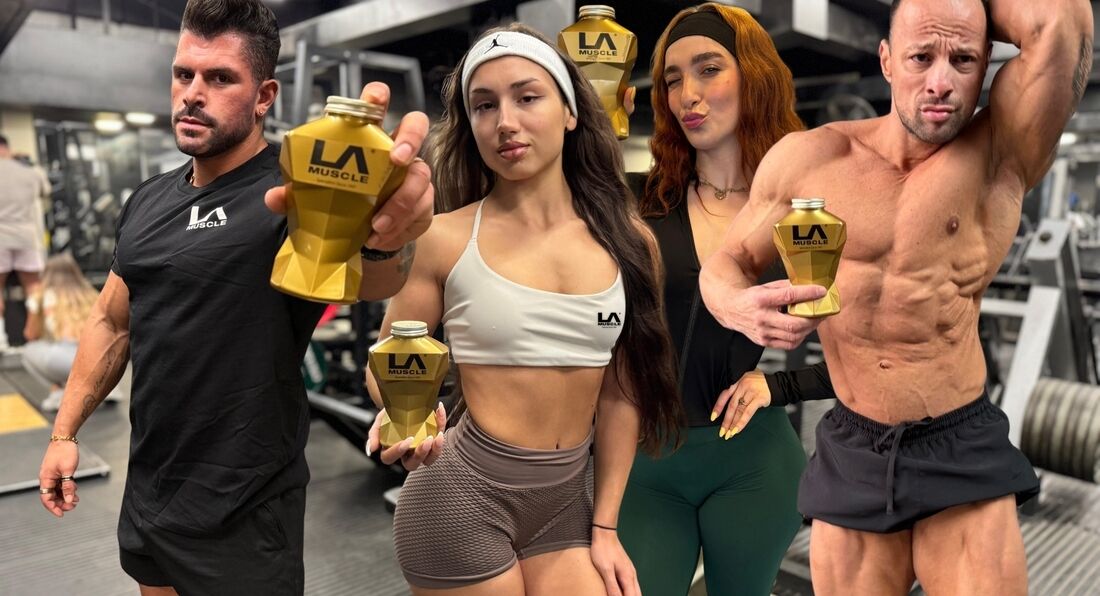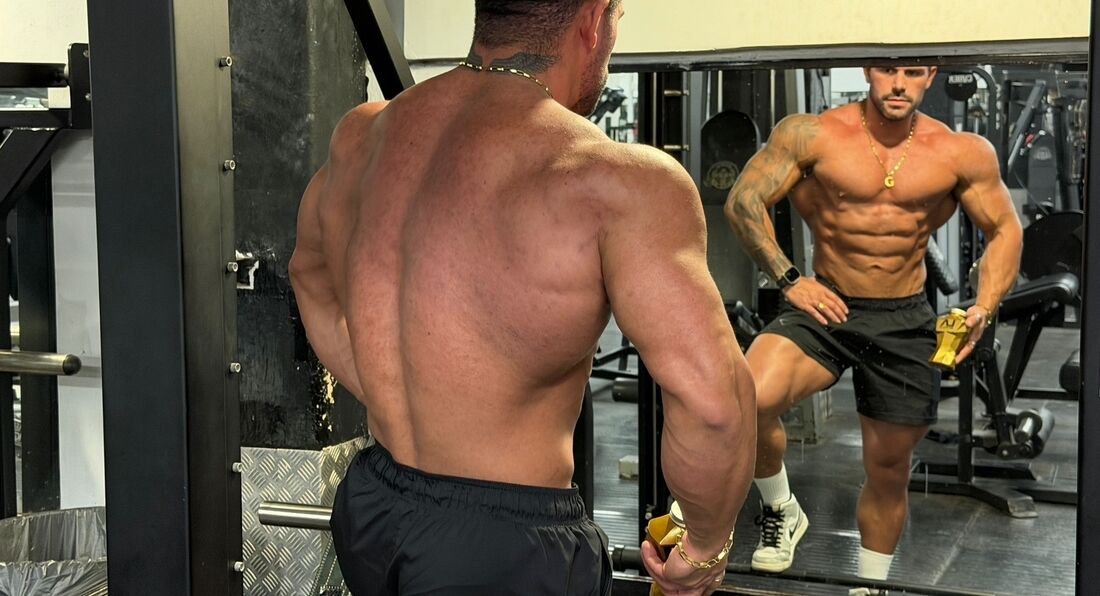The Knowledge > Better Health >
Tuesday, 10th June 2025
How This Athlete Cut His Cholesterol in Half—Naturally
No Meds. No Gimmicks.
By LA Muscle on 10.06.2025 09:00 pm

At 37, Leon Daniels looked the part: lean, muscular, and full of energy. But beneath the surface, a routine blood test told a different story—his LDL cholesterol was high, edging toward dangerous territory.
“I thought I was bulletproof,” Leon admits. “I trained hard, I looked fit—but my blood work said otherwise.”
Rather than reach for medication, Leon took a different path. Through targeted training, nutrition tweaks, and meticulous self-optimisation, he cut his LDL cholesterol in half in under 12 months—without drugs.
Here’s exactly how he did it.
1. Training with a Purpose: Cardio for Heart Health, Not Just Aesthetics
Leon had always lifted heavy, but he knew he needed to dial in his VO₂ max—a key marker of cardiovascular fitness and longevity.
“I added 3-4 dedicated cardio sessions per week,” he says. “Two low-intensity zone 2 rides for heart health and fat oxidation, and one high-intensity interval session to push my VO₂ max.”
Why it matters:
Improving cardiorespiratory fitness directly enhances endothelial function, reduces systemic inflammation, and helps lower bad cholesterol. It’s not just about six-packs—it’s about arteries.
2. Fibre & Protein: The Anti-Cholesterol Combo
Leon didn’t just “eat cleaner.” He strategically focused on fibre and protein.
-
Fibre: At least 30g per day from oats, lentils, flaxseed, chia, beans, and vegetables.
-
Protein: 1.6g per kg bodyweight daily—from lean meats, whey isolate, eggs, and legumes.
“The fibre helped clear excess LDL out of my system,” Leon says. “And prioritising protein kept me full, lean, and in a slight caloric deficit without even trying.”
Bonus tip: He replaced red meats with oily fish like salmon and mackerel three times a week—boosting his omega-3 intake, another cholesterol killer.
3. Tracking What Mattered—Not Just Weight
Leon began tracking metrics that actually move the needle:
-
LDL/HDL ratio
-
Fasting triglycerides
-
VO₂ max via wearables
-
Resting heart rate
-
HRV (Heart Rate Variability) for stress management
-
Sleep quality scores
“It wasn’t just about dropping a number,” he says. “It was about becoming metabolically bulletproof.”
Each week, he reviewed the data, tweaked accordingly, and built momentum through measurement.
4. Sleep: The Ultimate Biohack
Leon went from averaging 5-6 hours to a rock-solid 7.5-8 hours per night.
He transformed his sleep routine:
-
No caffeine after 2pm
-
Magnesium glycinate before bed
-
Blackout curtains and a cold room
-
Screens off 60 minutes before sleep
-
Meditation to wind down
Why? Because sleep isn’t passive—it’s an active tool for lowering cortisol, stabilising blood sugar, and improving lipid profiles.
5. Stress Management: Less Hustle, More Recovery
High stress = high cortisol = more visceral fat and higher LDL.
Leon knew that grinding 24/7 was counterproductive. He implemented:
-
Daily 10-minute breathwork sessions
-
Nature walks (no phone, just movement)
-
Cold showers to reset his nervous system
-
One full rest day weekly, no training or work
“Recovery became sacred. I realised that a calmer nervous system means better hormone regulation—and that shows up in your blood work.”
6. The 80/20 Rule—Applied Like a Pro
Leon didn’t become a monk. He still had a glass of red wine on weekends, still ate pizza once a month. But 80% of the time, his choices were deliberate and dialled-in.
“The shift wasn’t extreme. It was sustainable,” he explains. “The results came from consistency, not perfection.”
The Results
-
LDL dropped from 160 mg/dL to 78 mg/dL
-
Triglycerides cut by 45%
-
HDL increased by 10 points
-
Resting heart rate lowered from 62 to 48 bpm
-
VO₂ max up by 15%
So...
You don’t need a prescription to transform your metabolic health. You need a plan, precision, and patience.
Leon’s journey is a blueprint for any man serious about taking ownership of his body from the inside out. It’s not just about looking strong. It’s about staying alive, thriving, and performing at your best—decade after decade.
“Most people think lowering cholesterol is about cutting eggs or fearing fat,” Leon says. “But it’s way deeper. It’s about systems, habits, and becoming a high-performance machine.”
Want to lower your cholesterol naturally?
Lift.Do cardio with intent.
Eat more fibre and clean protein.
Sleep like it’s your job.
Manage your stress.
Track everything.
This isn’t wellness fluff. It’s the new era of men’s health optimisation.
And the results speak for themselves.




























